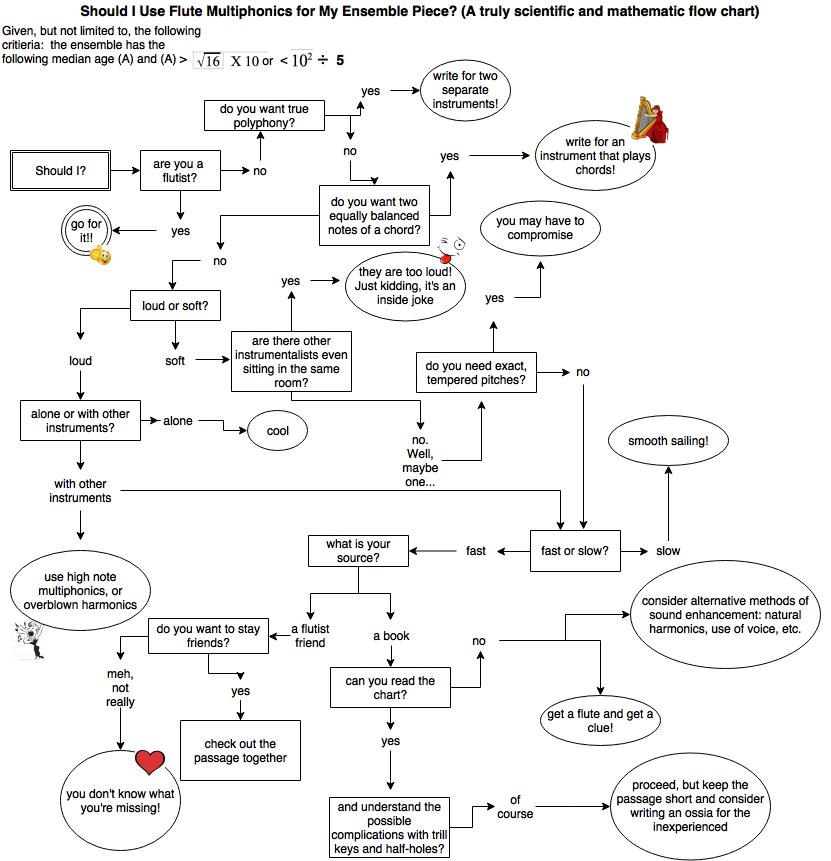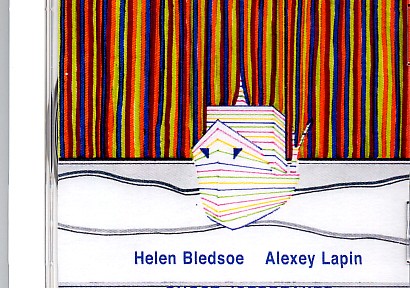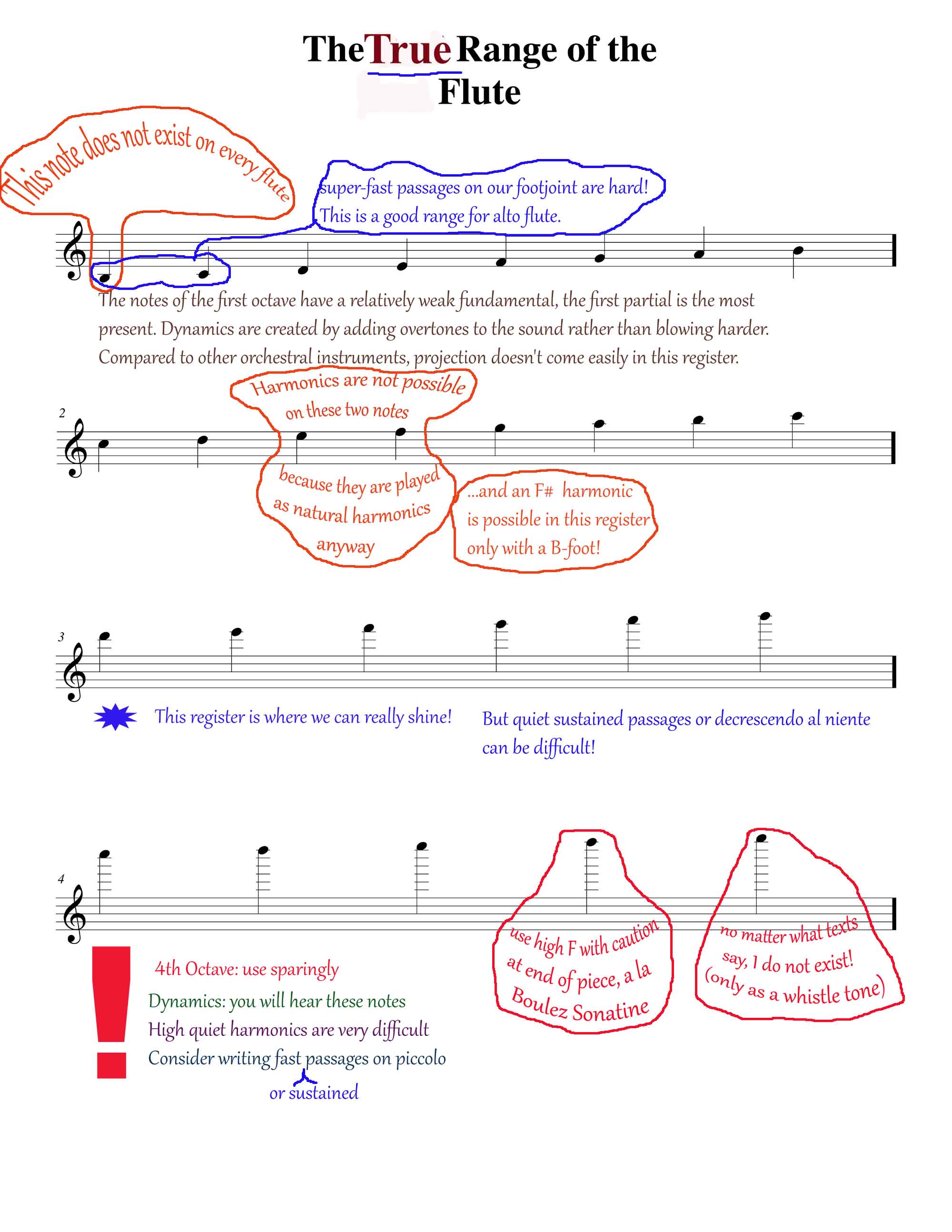Every community has its own lingo, subject to the winds of its own political climate. The community of Contemporary Western Art Music is no exception. Flutists and flutist/composers form a micro-climate within this community, and we certainly like to make our voices heard. There has been a call from our corner to scorn the term “extended techniques”. How did this come about?
Well, the term implies exclusion, according to the flwoke (a word I just made up for the flute-playing woke). Calling a flute sound an “extended technique” implies it is “other”, not included in the corpus of sounds that the flute can make. You can’t extend something that is complete unto itself.
I have to say, though, that the pioneer spirit in me is disappointed. The Western, Classical flute tradition does have a particular sound that is suited to the repertoire of the 19th and 20th centuries (as the “early” flutes have theirs that fits the repertoire and acoustical environments of their eras). I like to imagine I live in a world that extends beyond that.
Another aspect, though, is the knee-jerk reactions of some flutists to these sounds. There are some teachers alive today who insist there is a right way and a wrong way to play the flute (non-classical flute sounds being, by default, wrong). Instead of getting angry about this, I translate and paraphrase that: there are sounds that work for certain repertoire, instrumentation and acoustical environments. Soloists and orchestral musicians need an air-to-tone ratio that will project in traditional concert halls, a vocal-style vibrato that will carry the sound and doesn’t offend modern sensibilities, a harmonic structure that blends with other woodwinds, is in tune with itself, and an ear attuned to 12-ET (and the minor adjustments needed to play chords within a wind section).
It is worth noting that the boundaries of what is considered “right” are in flux. Think of vibrato styles of past generations, or what was considered acceptably “in-tune” in early recordings. Although in flux, the methodology of teaching these “right” combinations is rather codified, although each generation produces its own pedagogical literature.
My theory is that before amplification became a thing, this “right” way of playing was crucial to acoustical survival, it wasn’t only a question of taste, much less right or wrong. Flute sounds evolved according to the acoustic realities of the time. Any technique that made the flute sound more present was encouraged, be it a faster vibrato or more harmonics in the sound. Whatever helps the instrument to project in its environment is right. Instrument makers responded to these demands with larger, partially cylindrical bores, “better” scales, and larger tone holes.
Techniques like harmonics, multiphonics, percussive effects, air sounds, and circular breathing have a history that goes back before the 20th century, but their presence on stage has proliferated since the mid 20th century. There are multiple reasons for this, but one aspect pertinent to my point is that these sounds are no longer under pressure to acoustically conform to man-made architecture* and can achieve presence through amplification. Thus they have not been subjected to such strict methodology and ideals of right and wrong.
But are these techniques extended? I will leave the question open. The need for a catch-all term that grabs a search-engine’s hit does impose a level of conservatism. For me, the important point is that contemporary music is an emerging tradition – you could say that it is still being extended. Perhaps “extending” techniques would be a compromise? Using the term extended implies that it still has somewhere to go, that there are still sounds to be discovered and ways to approach known sounds that have yet to be discovered. This is what gives me motivation and hope. When students ask me, “how do I make that sound?”, or, “what is the fingering for that?”, I tend to get a fanatical gleam in my eye. The answer is often, there is no “right” way, because you are lucky to be participating in an emerging tradition. I do it this way, someone else approaches it differently, and if you can think of a better way, I will come to you for lessons!
*Ignoring the fact that microphones and digital environments are man-made, at least until the robot revolution.








